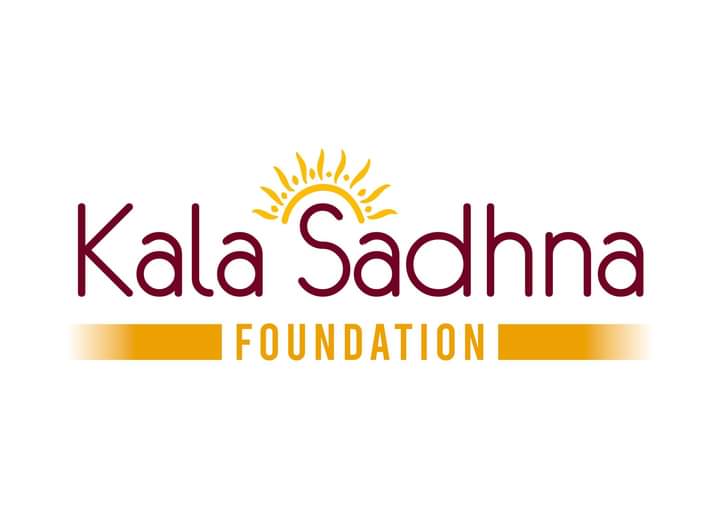The Power of Art: How NGOs Transform Communities

In a world increasingly dominated by technology and rapid change, art remains a timeless force that connects, inspires, and transforms. While museums and galleries showcase the heights of artistic achievement, there exists another realm where art plays a crucial role: within the operations of art-focused non-governmental organizations (NGOs). These NGOs harness the power of creativity to address social issues, foster community, and bring about positive change.
The Role of Art NGOs
Art NGOs operate at the intersection of creativity and social impact. They recognize that art is not just a form of expression but also a tool for healing, education, and community building. By providing access to artistic resources, training, and platforms, these organizations empower individuals and communities, often focusing on underserved or marginalized groups.
Promoting Cultural Preservation
Many art NGOs work to preserve and promote cultural heritage. In a globalized world, traditional art forms can easily be lost. Organizations like the World Crafts Council and Cultural Survival collaborate with indigenous communities to document, teach, and sustain traditional arts and crafts. These efforts ensure that cultural knowledge is passed down through generations, maintaining the unique identity of each community.
Art as Therapy
Art therapy is another crucial aspect of what art NGOs provide. Organizations such as Art Therapy Without Borders and the International Art Therapy Organization use creative processes to support individuals dealing with trauma, mental health issues, and physical illnesses. Through painting, sculpture, music, and other forms of art, participants can express emotions, process experiences, and find pathways to healing that traditional therapies may not offer.
Education and Empowerment
Art NGOs often focus on educational initiatives, particularly in communities with limited access to quality education. Programs like those run by The Art of Elysium and Room 13 International create spaces where children and young adults can learn artistic skills, critical thinking, and creative problem-solving. These programs not only cultivate artistic talent but also build confidence, self-esteem, and a sense of purpose.
Community Building
Art has a unique ability to bring people together, breaking down barriers and fostering a sense of community. Art NGOs like Free Arts NYC and The Painted Turtle organize community art projects, public murals, and collaborative workshops that encourage participation from people of all ages and backgrounds. These initiatives help to create vibrant, inclusive communities where everyone feels a sense of belonging.
Challenges Faced by Art NGOs
Despite their invaluable contributions, art NGOs face significant challenges. Funding is often a major hurdle, as these organizations typically rely on donations, grants, and sponsorships to operate. Securing sustainable funding can be difficult, especially in times of economic uncertainty.
Additionally, art NGOs must navigate complex social and political landscapes. Working in diverse cultural contexts requires sensitivity, respect, and an understanding of local dynamics. Building trust within communities and ensuring that programs are culturally relevant and appropriate are essential for success.
The Future of Art NGOs
The future of art NGOs lies in their ability to adapt and innovate. Embracing digital technologies can expand their reach and impact. Virtual workshops, online galleries, and digital storytelling platforms can make art accessible to a global audience, transcending geographical barriers.
Collaboration is also key. By partnering with other NGOs, government agencies, and private sector entities, art NGOs can leverage resources, share expertise, and amplify their impact. Multi-disciplinary approaches that integrate art with other fields such as education, health, and social services can address complex issues more holistically.
Conclusion
Art NGOs are vital players in the global effort to create a more inclusive, empathetic, and vibrant world. Through their diverse programs and initiatives, they demonstrate that art is not just about aesthetics; it is a powerful catalyst for change. By supporting and engaging with these organizations, we can all contribute to a world where creativity flourishes and everyone has the opportunity to experience the transformative power of art.
